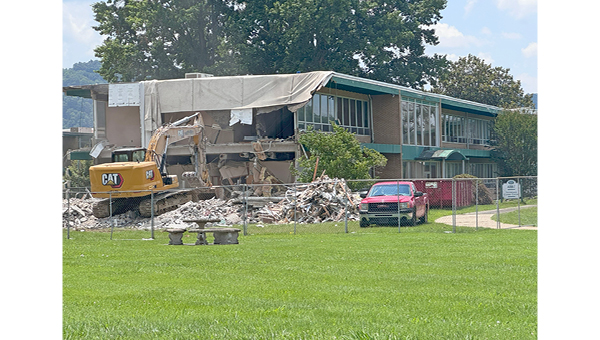What’s with escalating property prices?
Published 3:58 pm Tuesday, June 1, 2021
|
Getting your Trinity Audio player ready...
|
Home prices are up, mortgage rates are rising, the supply of homes for sale is anemic and consumer confidence in the housing market is fall. This comes a year after the COVID-19 crisis shut down and warped so much of American life.
It’s something no one could have predicted – not the economists, not the real estate agents, and especially not the nation’s homebuilders.
A year ago, home sales ground to a halt. No one wanted to buy or sell a home, given all the physical and economic uncertainty that COVID-19 brought – loss of jobs and income. But a year later, there was a market for real estate and prices skyrocketed.
Take a look at local real estate prices. It’s not unusual to see sale prices in the $200, $300, $400 and even $750 thousand range. The market has been fueled by very attractive mortgage rates, which set more than record lows.
In Northeast Tennessee, homeowners accepted 985 offers for single-family and condo resales in April, setting the stage to continue a strong prime home buying and selling season. April’s accepted offers – also called pending sales – are the highest monthly total in six years, but only by two pending sales. March’s total was 983.
The strong demand for housing, however, came at a time when the supply of homes for sale was already low.
“Both the short and long-term pending sales trend lines show demand continues to increase despite the inventory crunch,” NETAR President Kristi Bailey said. “Buyers are aggressively in the market, and there are no signs of a near-term market correction.” There were 998 active listings at the end of April. That’s a little more than half of what we had time last year, she added. Balanced market conditions are five to six months of inventory. The Tri-Cities region had 1.3 months of inventory last month. Some city markets had less than a month’s supply of homes on the market.
The average listing price last month was $324,424, up 20.9 percent from last year, and the average sales price was $235,061, 22 percent higher than last year.
The average rate on the popular 30-year fixed mortgage began in 2020 right around 3.75%, according to Mortgage News Daily. It then fell at the start of the pandemic in March, shot up briefly in April, when the first economic stimulus was announced, and then dropped precipitously throughout the rest of the year, setting more than a dozen record lows. Now rates are moving up again, as another financial stimulus passed, and the economy begins to finally open up significantly. According to economists the recent jump in employment should keep rates on an upward trajectory.
Low mortgage rates last year, combined with low supply and high demand for housing, lit a furious fire under home prices.
Affordability has weakened substantially, especially for first-time homebuyers. Prices have risen most at the low end of the market, where supply is leanest. The homebuilders have also raised prices, given higher demand and higher construction costs.
Newly built homes have always come at a price premium, but now about 75 million households (roughly 60% of all U.S. households) are not able to afford a median-priced new home, according to a fresh calculation by the National Association of Home Builders.
What the housing market really needs now is more houses, but the nation’s homebuilders are struggling. They were woefully unprepared for the surge in demand last summer. Some builders had laid off workers and shut down operations at the start of the pandemic. They didn’t expect such a strong recovery.
Material prices, especially for lumber, have skyrocketed. A shortage of skilled labor and a lack of buildable lots are adding to the cost pressures. Higher prices have added about $26,000 to the construction cost of the average new home, according to the National Association of Home Builders.
So what does this mean for the majority of Northeast Tennessee residents who might want to buy a home or move up? First, that “affordable housing” will continue to be in short supply.
In addition, there’s a relatively low level inventory of homes for sale. Increased demand and decreased supply puts pressure on the market. Add in low mortgage interest rates, and there are no brakes on prices.
So, if you want to sell your home, the market may be right, but, if you want to buy, it may be hard to find the home you are looking for, and when you do find it, the purchasing price may burn a hole in your pocket.





